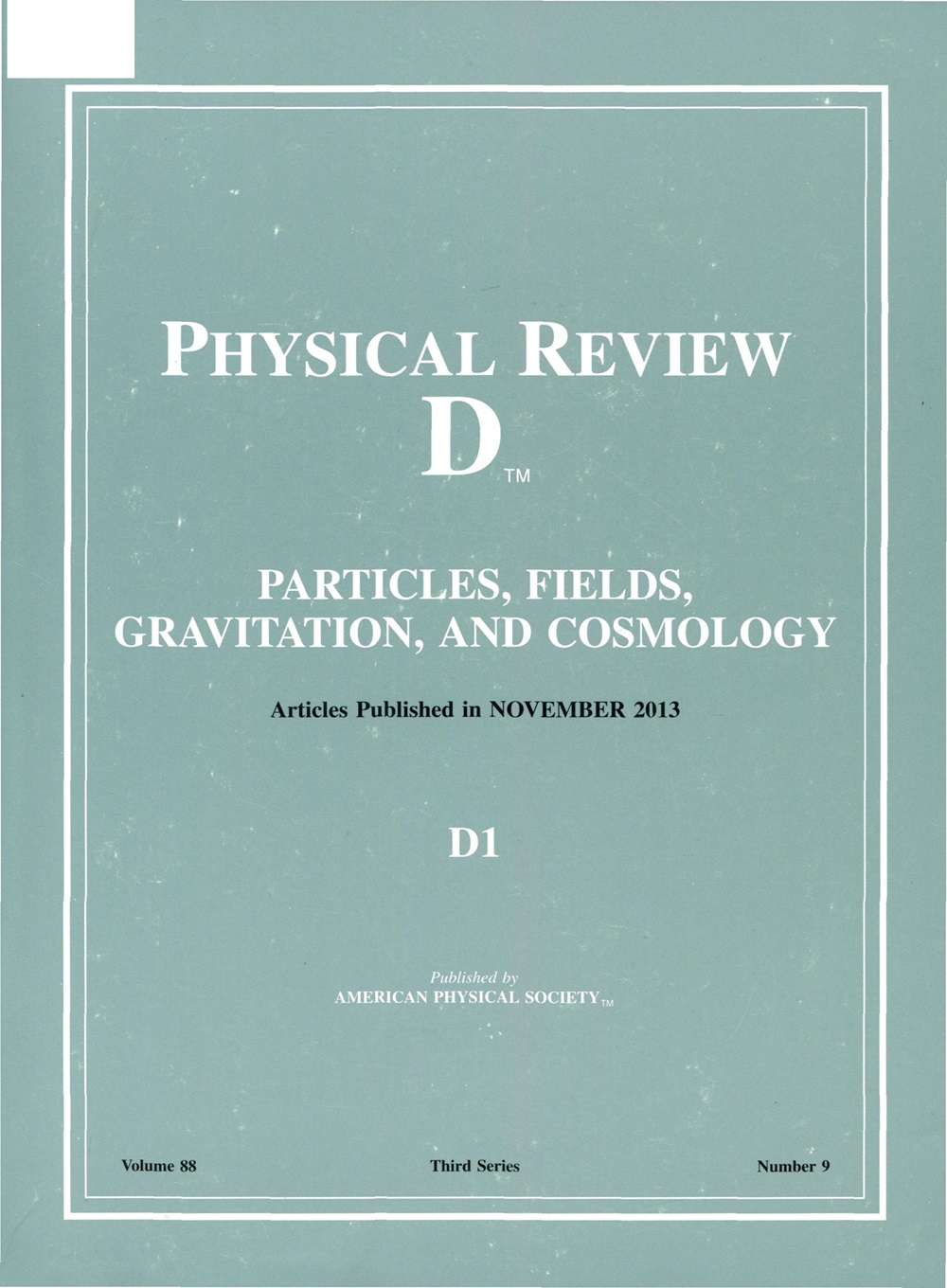Dynamics of metastable standard model particles from long-lived particle decays in the MeV primordial plasma
IF 5
2区 物理与天体物理
Q1 Physics and Astronomy
引用次数: 0
Abstract
We investigate the cosmological impact of hypothetical unstable new physics particles that decay in the MeV-scale plasma of the early Universe. Focusing on scenarios where the decays produce metastable species such as muons, pions, and kaons, we systematically analyze the dynamics of these particles using coupled Boltzmann equations governing their abundances. Our results demonstrate that the metastable species can efficiently annihilate or interact with nucleons, often leading to their disappearance before decay. The suppression of decay significantly alters the properties of cosmic neutrinos, impacting cosmological observables like big bang nucleosynthesis and the cosmic microwave background. To support further studies, we provide two public codes: the code that traces the evolution of these metastable particles, as well as the ython-based unintegrated neutrino Boltzmann solver that uses this evolution as an input and may be applied to a broad range of scenarios. We then utilize them for studying a few particular new physics models.求助全文
约1分钟内获得全文
求助全文
来源期刊

Physical Review D
物理-天文与天体物理
CiteScore
9.20
自引率
36.00%
发文量
0
审稿时长
2 months
期刊介绍:
Physical Review D (PRD) is a leading journal in elementary particle physics, field theory, gravitation, and cosmology and is one of the top-cited journals in high-energy physics.
PRD covers experimental and theoretical results in all aspects of particle physics, field theory, gravitation and cosmology, including:
Particle physics experiments,
Electroweak interactions,
Strong interactions,
Lattice field theories, lattice QCD,
Beyond the standard model physics,
Phenomenological aspects of field theory, general methods,
Gravity, cosmology, cosmic rays,
Astrophysics and astroparticle physics,
General relativity,
Formal aspects of field theory, field theory in curved space,
String theory, quantum gravity, gauge/gravity duality.
 求助内容:
求助内容: 应助结果提醒方式:
应助结果提醒方式:


